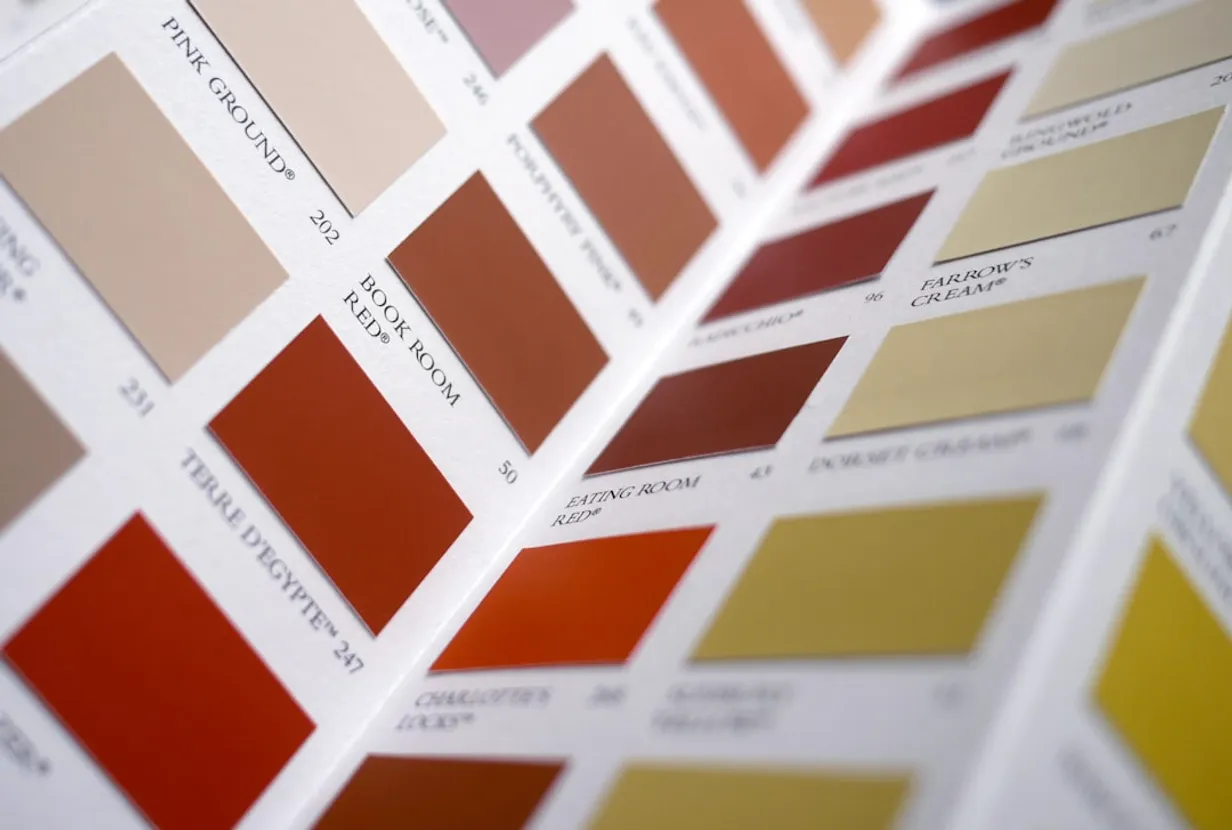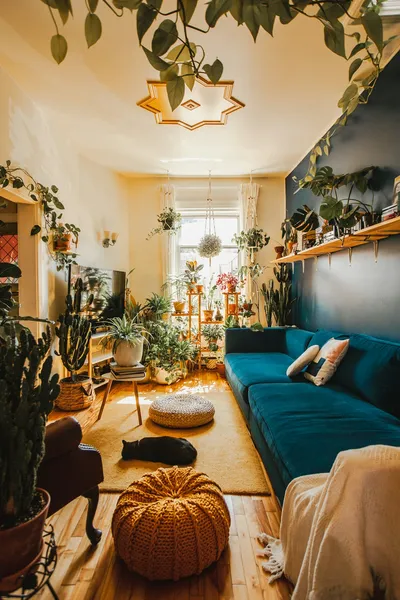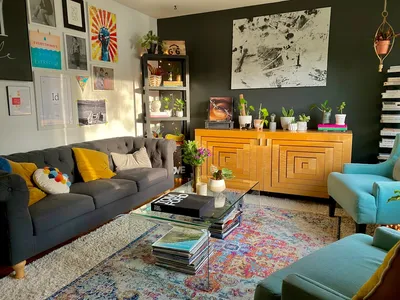Mastering the Art of Layering Textures and Patterns with Paints

Introduction to Layering Textures and Patterns
Creating a visually stunning interior often involves more than just choosing great furniture. By mastering the art of layering textures and patterns with paints, you can add depth, interest, and personality to any room. This article will guide you through the process, helping you transform your spaces with a few expert tips and techniques.
Understanding the Basics
What is Layering?
Layering in interior design is the process of combining various elements such as colors, textures, and patterns to create a cohesive and dynamic space. This technique can make your room feel more curated and sophisticated.
The Role of Paints in Layering
Paints play a crucial role in layering by setting the foundation for your design. The right paint can enhance the textures of your walls and complement the patterns in your décor. Different finishes (matte, satin, gloss) can also add depth and interest.
Choosing the Right Colors
Color Theory Basics
Understanding color theory is essential for selecting paints that will harmonize well with your textures and patterns. Complementary colors (those opposite on the color wheel) can create vibrant contrast, while analogous colors (next to each other on the color wheel) provide a more harmonious look.
Testing Your Palette
Before committing to a paint color, test your palette. Paint small sections of your wall and observe how the colors interact with the room’s natural light throughout the day. This step ensures that your chosen hues will look great in varying lighting conditions.
Incorporating Textures
Types of Textures
When it comes to textures, think beyond just the smoothness or roughness of a surface. Consider tactile elements like textiles (rugs, throw pillows), natural materials (wood, stone), and even metallics. Paint can highlight these textures or blend them harmoniously.
Techniques for Adding Texture with Paint
Various paint techniques can add texture to your walls. Consider options like sponging, rag rolling, or stenciling to create visual interest. Specialty paints like textured spray paint or Venetian plaster can also offer unique finishes.
Integrating Patterns
Choosing Patterns
Select patterns that complement your overall design aesthetic. Geometric patterns can create a modern look, while florals and paisleys offer a more traditional vibe. The key is to balance bold patterns with more subdued elements so the space doesn’t feel overwhelming.
Using Paint to Highlight Patterns
Patterns can be accentuated with paint either through walls or smaller accent pieces like furniture or artwork. For instance, painting a geometric pattern on an accent wall can make a bold statement, while more subtle patterns can be introduced through painted furniture pieces.
Bringing It All Together
Layering textures and patterns with paints is all about balance. Start with a neutral base and gradually add layers of color, texture, and patterns. This incremental approach allows you to build complexity without overwhelming the space. Remember, there are no strict rules; it's about finding what works best for your individual tastes and the room's function.
Experiment, have fun, and trust your instincts. With these tips, you're well on your way to mastering the art of layering textures and patterns with paints, creating spaces that are as unique as you are.
Top Interior Design Posts
Check out our most popular articles on interior design, featuring reader favorites on plants, textures, patterns, and more.



